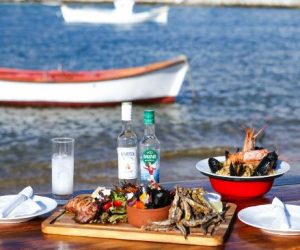Best Islands in the World: Mykonos is among the TOP 5

Sprawling beaches, rolling waves and untouched pockets of wilderness are all credentials accredited to the best islands in the world. These islands boast a little something that keeps travelers enchanted. According to experts and U.S. News readers, Mykonos is the 5th best island in the world.
Mykonos is definitely “THE place to be” in the Cyclades.

Set out on a journey to discover a fascinating world where glamour meets simplicity. On Mykonos celebrities, college students and families mingle together to celebrate the Greek summer.
Keep Calm and Visit Mykonos this Summer!
Mykonos #5 Best Island in the World
Why visit Mykonos
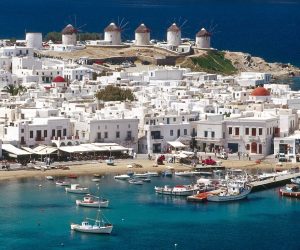
The cube-shaped buildings and whitewashed exterior facades of Mykonos scream Mediterranean. Winding roads twist through the main city of Chora, past expensive storefronts and beautiful churches that give the island a grounded sense of Greek tradition. But Mykonos is far from conservative, as it’s known for its beach parties and nightlife. In the “Ibiza of Greece,” you’re never far from a party at any point in the day.

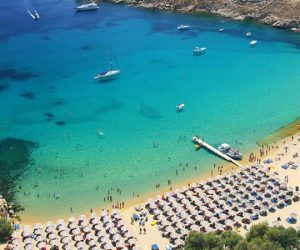

Here, you’ll discover the perfect Greek mix of sophistication, relaxation and jubilation.
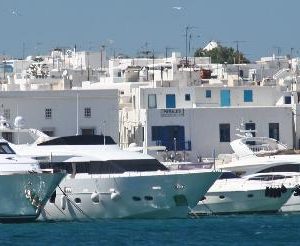



What you need to know
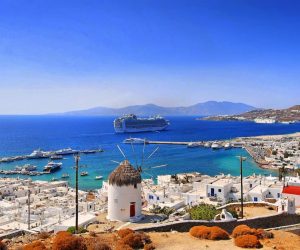
According to mythology, Mykonos was formed from the petrified bodies of giants killed by Hercules. And did you know that the island took its name from the grandson of Apollo, “Mykonos”?
In contrast to other Cycladic capitals, the capital town (Hóra) of the island is not built in the shape of an amphitheatre but instead spreads out over a wide area. It is one of the best examples of Cycladic architecture and a spellbinding attraction for visitors.
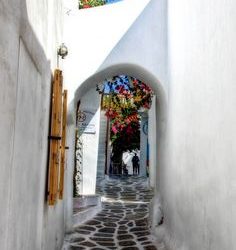
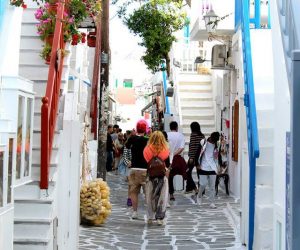
Don’t forget to visit the Archaeological, Folklore and Maritime Museums to take in a little history.
Stroll around its narrow marble streets and admire whitewashed houses with colorful doors and window frames, bougainvillea trees in purple bloom and hidden churches.

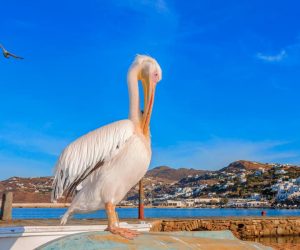
Pay a visit to the church of Panayia Paraportiani, the Town hall and the castle situated above the harbor.While you’re out strolling, don’t be surprised if you come across the official mascot of Mykonos, which is nothing other than a… pelican! Pétros the Pelican was found by a fisherman after a storm in 1954, and eventually became the locals’ companion.

When he died, a replacement was found. In honour of Pétros, the locals have established a long tradition of pelicans wandering around the waterfront as an essential part of everyday life.

One of the most scenic corners of the island is Alefkántra or “Little Venice”, an 18th century district. The second traditional settlement of Mykonos is Áno Merá, situated around the historic monastery of Panayia Tourliani (a 16th century church with a brilliant carved wooden iconostasis). To the north, in Fteliá, lies an important Neolithic settlement, and a 14th-13th century BC Mycenaean tomb.
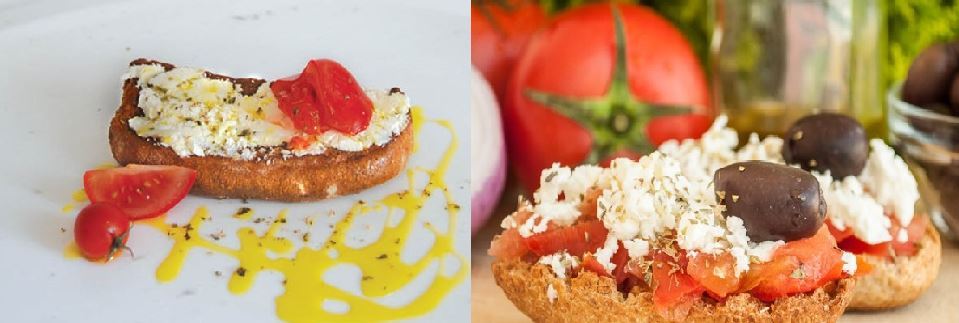
Don’t miss the opportunity to treat yourself to some local Aegean specialties! Pepper flavoured kopanistí, a soft cheese seasoned with pepper, is the island’s gastronomic trademark.


Try it as a topping on a round rusk spread with grated tomato, a favourite local mezés (appetiser). Meat eaters can sample “loúzes” (cooked pork filet with spices) and tasty local sausages sprinkled with pepper, and local oregano that has been caressed by the sun and dried in the north wind.
